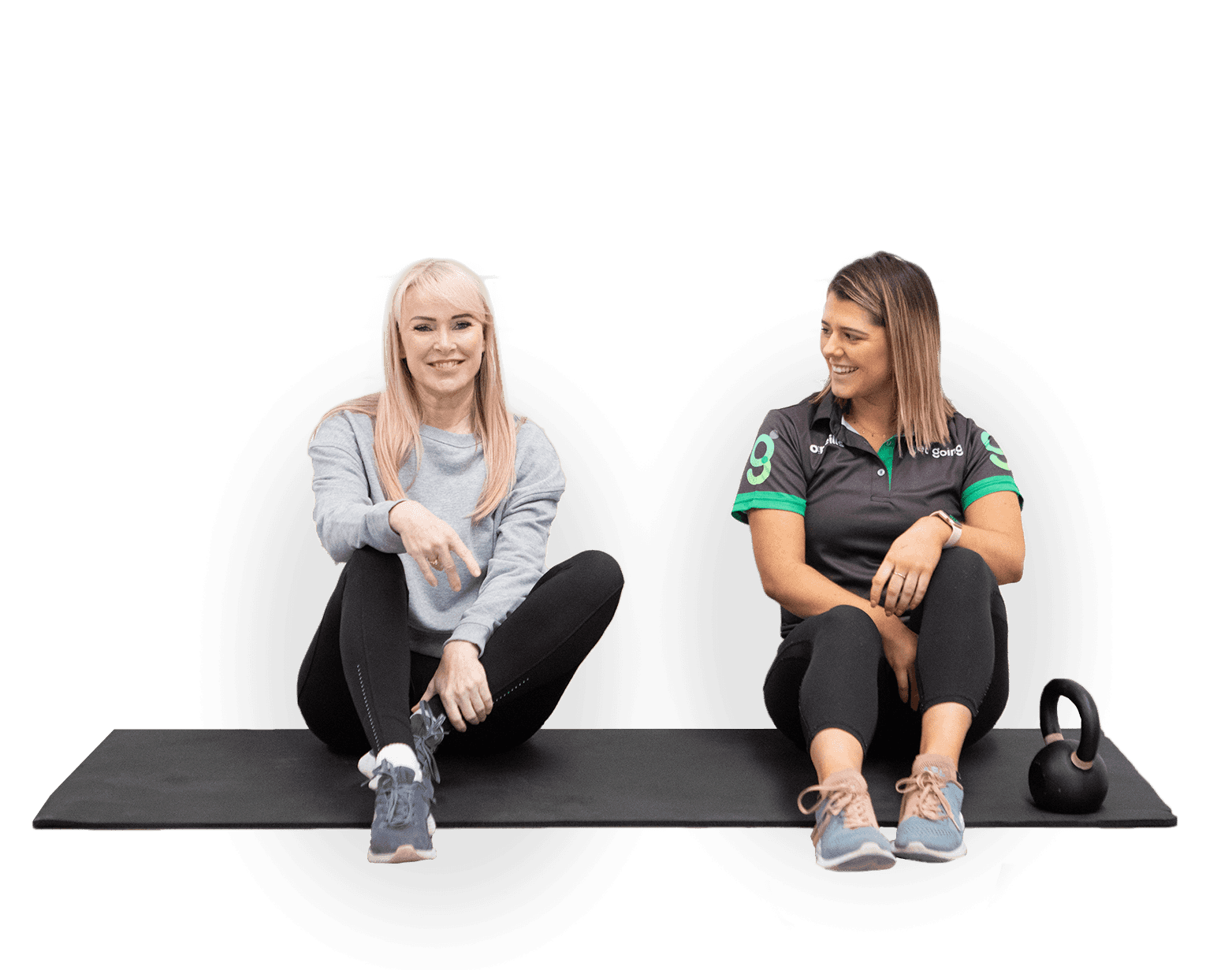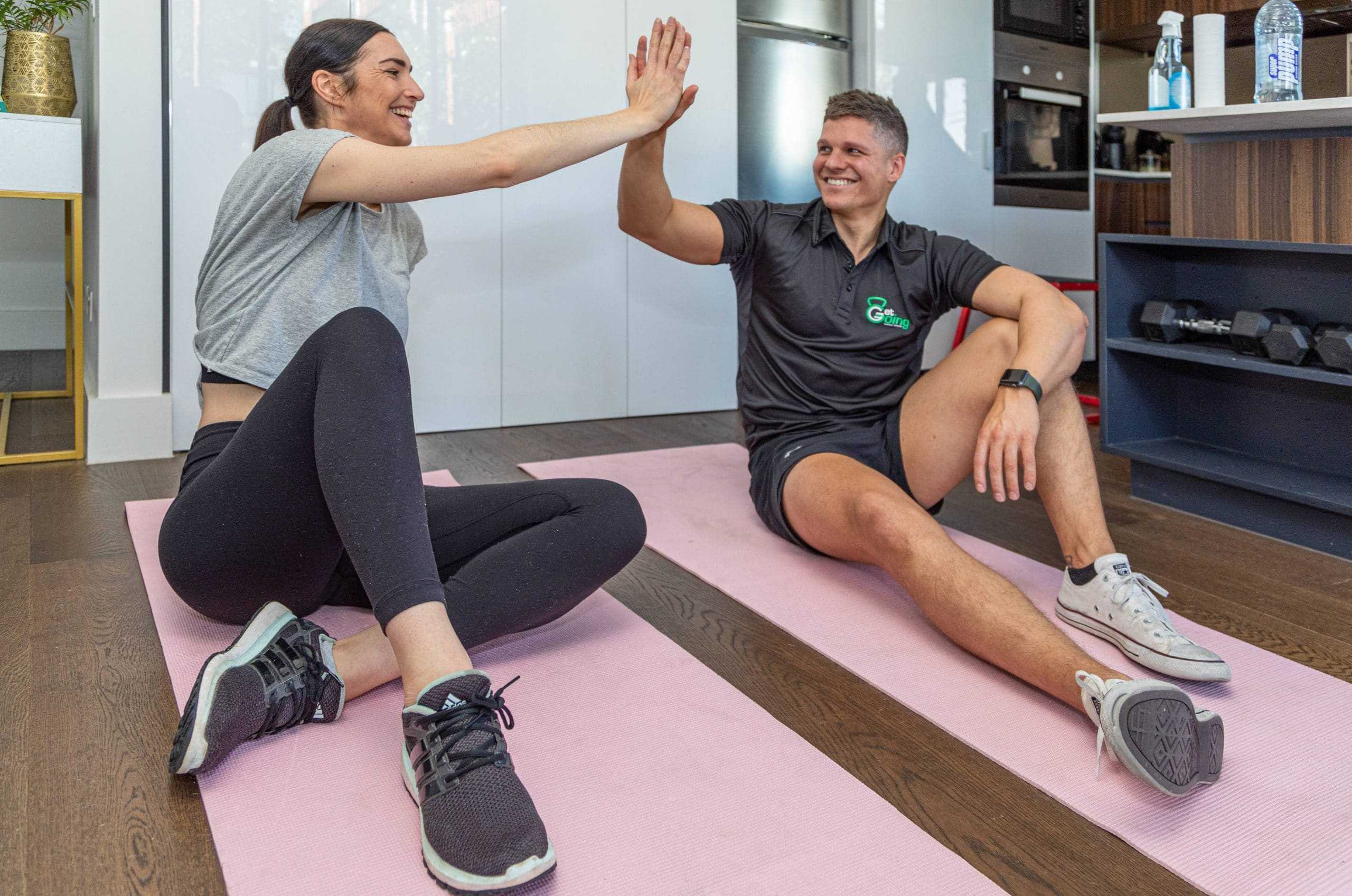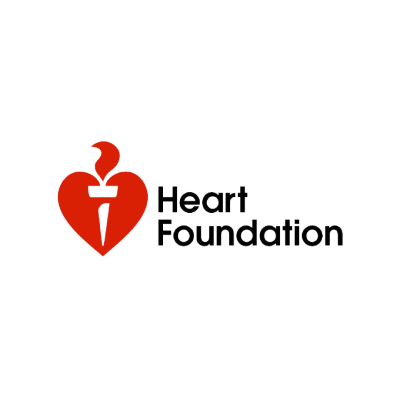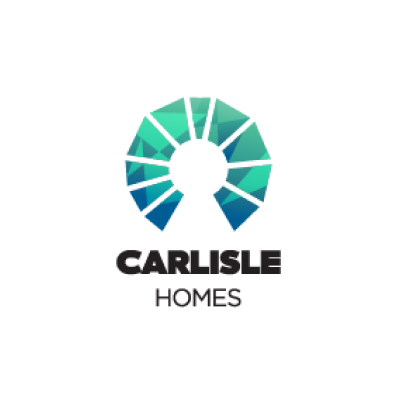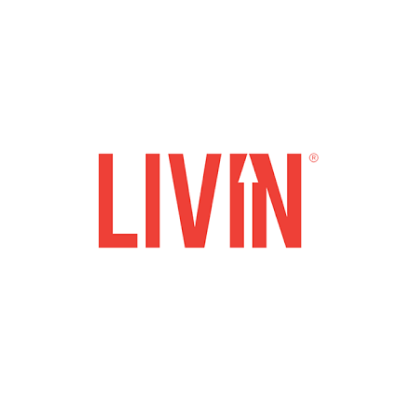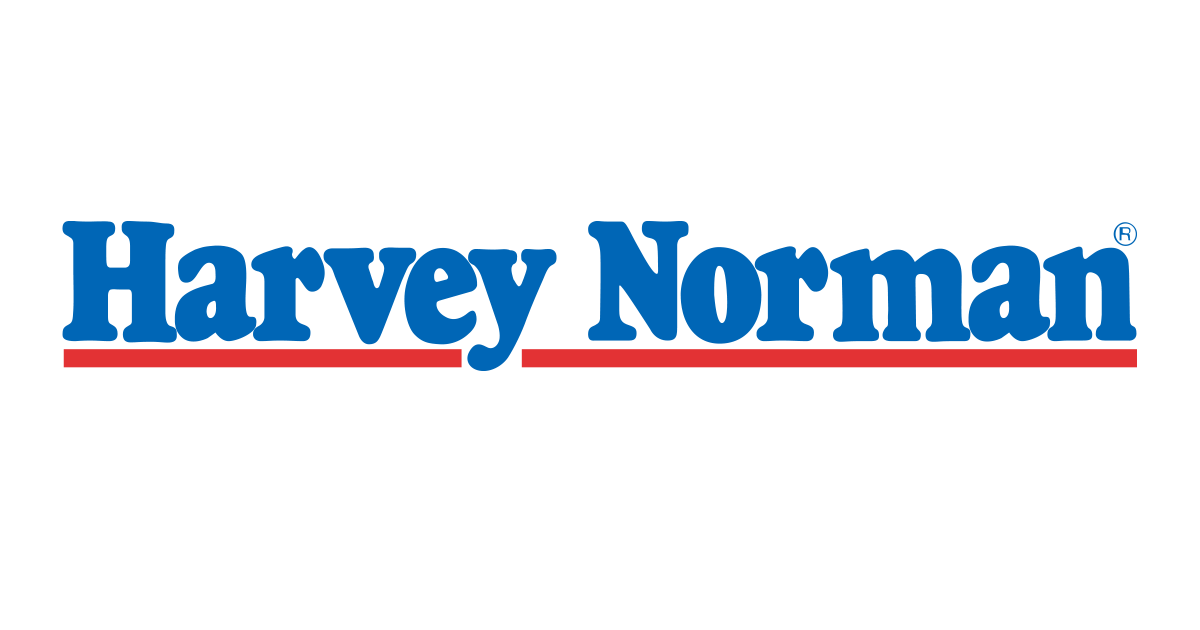Your guide to in-home isolation training
I’d like to start by thanking you for making it this far, anyone willing to give up their time to learn something new, or at the very least just get a second opinion on a set of beliefs that they already have is a critical part of not just health and fitness, but life itself. Stay curious.
[Read Time 6 Mins]
Your Guide to In-Home Isolation Training (with bonus six-week training plan)
I’d like to start by thanking you for making it this far, anyone willing to give up their time to learn something new, or at the very least just get a second opinion on a set of beliefs that they already have is a critical part of not just health and fitness, but life itself. Stay curious.
This article is directed at three different groups of people:
- Group one is those that have never done any form of resistance or strength training before, but the idea is interesting to them and they want a simple guide in how to get involved in the hype of it all, for whatever reason is important to them.
- Group two are the people that have trained before, but who may have fallen away of late with this whole pandemic business going on and are keen to get back into things, but knows that without a structured plan they will fall off pretty quickly.
- Group three involves frequent trainers that still have that underlying feeling that they don’t quite have their technique nailed down yet, they sometimes don’t feel the right muscles working or are even unsure of what muscles need to be working during certain exercises and want a different perspective.
So, why should you do be doing some sort of resistance training?
- Because your friends do it?
- Because your doctor said it is good for you?
- Because you read that it helps with a wide variety of physical and mental health conditions?
Or should you do it because you’ve done it before and you know how strong you feel after a few consistent weeks of training?
All of the above are great reasons, and I hope this guide helps you understand a little more about not just the HOW but the WHY behind resistance training.
Autonomy and empowerment towards your health is a lifesaver in long run, imagine being able to design workouts on your own or make modifications to a plan that your trainer has given you instead of feeling beaten and defeated because something is too hard or too easy!
Learning the basics behind exercise is a great start to taking control of your fitness goals and pick up a few cool new skills along the way!
We all have busy lives, so each of our PT training sessions will only go for anywhere between 15 and 20 minutes if completed start to finish with no pauses in between. You don’t necessarily HAVE to do it that way, as long as technique is not being compromised you could very easily just bust out a few reps in between tv shows, or household tasks, whatever works for you and your schedule.
Let’s begin with how to warm-up.
To keep things simple, we can break it into three phases:
- Phase one, we are going to do some general activity to get your heart rate up and the blood pumping all around the body.
- This can involve any sort of repeated activity that you like: a brisk walk, jogging, skipping, star jumps, etc…
- The key is to get a little bit of a sweat on, so pick you favourite activity and complete:
* 4 rounds of 15-30 seconds of your chosen movement, with 15-30 seconds of rest.
- Phase two is where we start to narrow in on some more specific areas of the body and create more localised blood flow.
-
- This should include some unloaded mobility or flexibility exercises such as active stretching.
- Think about what exercises you are about to do in your session and choose appropriate movements that you think will help with completing them to the best of your ability:
* 2-4 exercises of 10 seconds, e.g. leg swings, deep squats, shoulder circles, or trunk rotations.
- Think about what exercises you are about to do in your session and choose appropriate movements that you think will help with completing them to the best of your ability:
- This should include some unloaded mobility or flexibility exercises such as active stretching.
-
- Phase three, now we are going to pick the first exercise we are about to complete in our personal training session and do 2-4 super slow and controlled repetitions of it focusing on the best form we can, you can take as long as you want with these and rest if needed.
-
-
-
- The goal is to set ourselves up to work hard, not just go straight finish line of the marathon before lacing up our shoes. Take your time here, and be conscious about what muscles are working? Does it feel like it usually does? How is your technique today? Are you still sore or tired from a prior session?
* Understanding the answers to these questions early is essential to an effective workout, that way you can reduce the likelihood of injury (those times you went too hard too soon or did too much) and push a little more on the days everything is moving smoothly
- The goal is to set ourselves up to work hard, not just go straight finish line of the marathon before lacing up our shoes. Take your time here, and be conscious about what muscles are working? Does it feel like it usually does? How is your technique today? Are you still sore or tired from a prior session?
-
-
This whole process should take no longer than 5-8 minutes total, but feel free to add any other layers to the warm up that you have done previously, at the end of the day you know your body best. This doesn’t mean you shouldn’t be open to trying new exercises or pushing beyond previous limits, but it does mean that you should be vocal and create a conversation with whoever you are working with so that they can get a better understanding of how you are feeling at all times.
Now that we are warm, on to the exercises.
We are going to pick three key movements (plus some core) of the body rather than direct muscle groups because no muscle really works in isolation so it is probably better to explain things using the word “dominant” because there are always a few things working together.
Lunge Pattern
Here we want to be working the front of our standing leg during each rep, so our quadricep muscles. With each of these, we want most of our weight to be in the front leg, controlling ourselves down whilst lowering our other leg to the ground and then pushing back up through the standing leg to return to the starting position.
- Level 1: Reverse Lunge
- Level 2: Rear Foot Elevated Split Squat (up on a chair)
- Level 3: Walking Forward Lunge
Hinge Pattern
These will focus on the muscles on the back of our legs, predominantly the hamstrings and glutes. Before initiating the movement squish your lower back into the ground then push through your heels and lift your hips to the sky. Take your time!
- Level 1: Double Leg Glute Bridge
- Level 2: Single Leg Glute Bridge
- Level 3: Double Leg Feet Elevated Glute Bridge (up on a chair at 90 degrees)
Push Pattern
For each one of these we are aiming to feel our chest muscles, triceps and some shoulders. Think about breaststroke technique in swimming, you are trying to open up your chest, whilst lowering yourself to the ground, this will involve pulling your shoulder blades back and together. Try your best to keep your hips in line with your shoulders at all times!
- Level 1: Kneeling Push Up
- Level 2: Incline Push Up (on a low couch or bench)
- Level 3: Push Up
Core Exercise
You should be feeling your abs working throughout these exercises, if you feel any lower back throughout, look to squish the space between it and the ground as best as you can. Slowly lower your arms or legs to the ground, feeling your core always!
- Level 1: Dead Bug, Legs Only
- Level 2: Dead Bug, Arms and Legs
- Level 3: Weighted Dead Bug, Legs Only (holding whatever weight you have)
Where to start and how to progress?
Below you will see a template program that goes for six weeks, it uses a few different progression techniques that will help you master all of these exercises in no time.
Pay close attention to how it is structured, what changes session to session, week to week? Can you make sense of it all?
The REPS, SETS, and EXERCISE LEVELS, how do they change over time?
Take note of how it all works, because if you really wanted to, you could use this same formula for any other exercises that you know.
If you have any questions on technique or where to go to next once you have finished this program, feel free to reach out via our Instagram or Facebook, we are always happy to have a chat.
Week 1
Exercise Level
Number of Reps per Set
Number of Sets
Session 1
Monday/Tuesday
1
6-8
2
Session 2
Wednesday/Thursday
1
8-10
2
Session 3
Friday/Saturday
1
10-12
2
Week 2
Exercise Level
Number of Reps per Set
Number of Sets
Session 1
Monday/Tuesday
1
6-8
3
Session 2
Wednesday/Thursday
1
8-10
3
Session 3
Friday/Saturday
1
10-12
3
Week 3
Exercise Level
Number of Reps per Set
Number of Sets
Session 1
Monday/Tuesday
2
6-8
2
Session 2
Wednesday/Thursday
2
8-10
2
Session 3
Friday/Saturday
2
10-12
2
Week 4
Exercise Level
Number of Reps per Set
Number of Sets
Session 1
Monday/Tuesday
2
6-8
3
Session 2
Wednesday/Thursday
2
8-10
3
Session 3
Friday/Saturday
2
10-12
2
Week 5
Exercise Level
Number of Reps per Set
Number of Sets
Session 1
Monday/Tuesday
3
6-8
2
Session 2
Wednesday/Thursday
3
8-10
2
Session 3
Friday/Saturday
3
10-12
2
Week 6
Exercise Level
Number of Reps per Set
Number of Sets
Session 1
Monday/Tuesday
3
6-8
3
Session 2
Wednesday/Thursday
3
8-10
3
Session 3
Friday/Saturday
3
10-12
3
Let us help you find the best personal trainer neat you!
